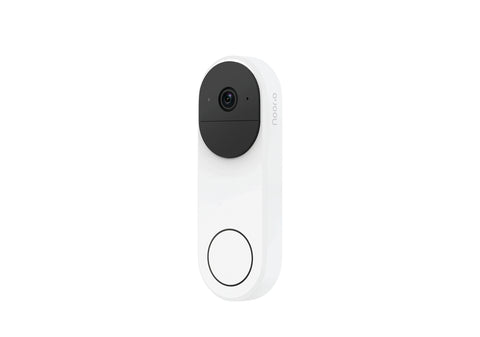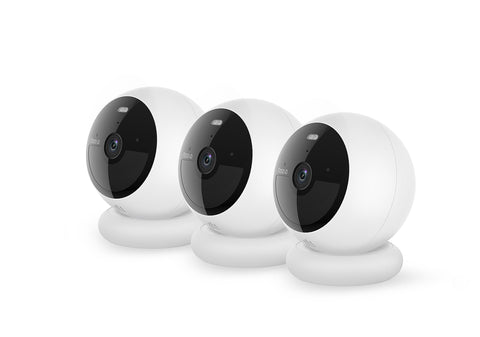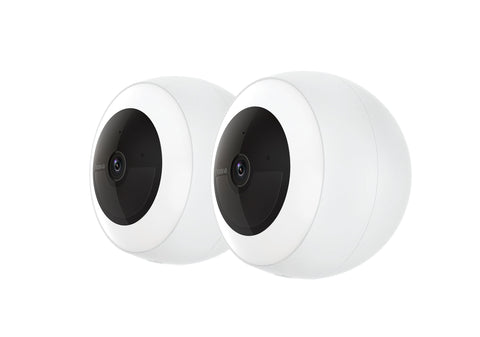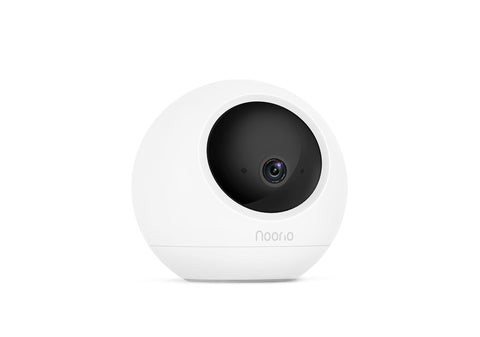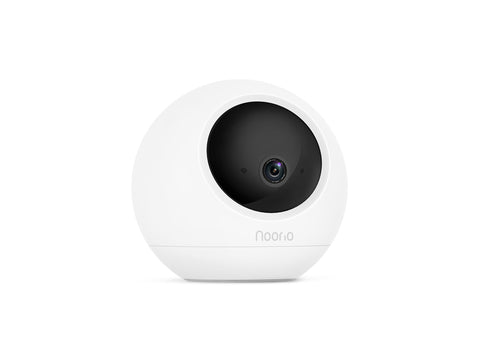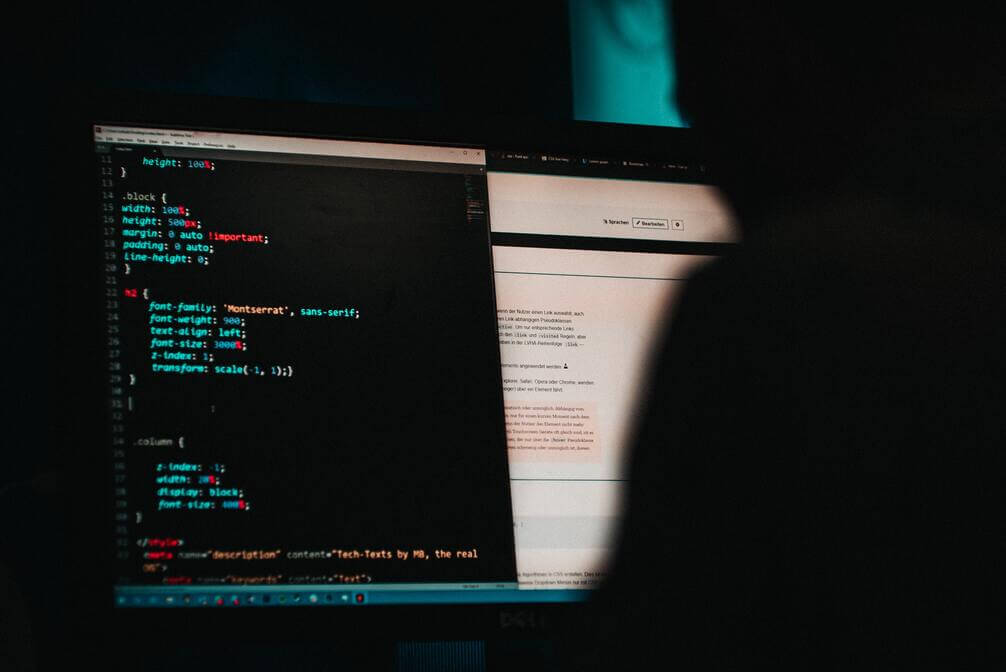If you are thinking about installing a WiFi-enabled security camera to improve your home's security, then it's imperative to know what are the best ways to test security camears and protect them from hackers.
Standalone VS. Cloud-based Security Cameras
-
Standalone security cameras are not connected to the internet, making them less susceptible to hacking. However, they require the physical retrieval of the SD card from the camera to access the recorded footage. This can be inconvenient if the camera is placed in a hard-to-reach location.
-
Cloud-based security cameras, on the other hand, are connected to the internet and allow remote access to the footage from any location. This connectivity, however, makes them more vulnerable to hacking. It is crucial to select a reputable and secure service provider if you choose a cloud-based security camera.
-
Both standalone and cloud-based security cameras have their advantages and disadvantages. Carefully consider these factors when selecting a camera for your home security system.

Choosing a Wireless Camera Protocol
Wireless security camera protocols also come in different varieties, each with its pros and cons. The most common protocols include Wi-Fi, Bluetooth, and Zigbee.
-
Wi-Fi cameras are the most prevalent type of wireless security camera. They are user-friendly and provide a decent coverage range. However, Wi-Fi cameras can be compromised if an unauthorized person acquires your password.
-
Bluetooth cameras are not as popular as Wi-Fi cameras, but they have some benefits. They are more challenging to hack than Wi-Fi cameras and don't require a password. However, their coverage range is shorter compared to Wi-Fi cameras.
-
Zigbee cameras may be the least popular among wireless cameras, but they offer the highest level of security. These cameras are extremely difficult to hack and provide a good coverage range.
When choosing a wireless camera protocol, it is important to consider your needs. If security is your top priority, then Zigbee is the best choice. If convenience is more important to you, then wifi home security camera is the way to go.

Securing Your Wifi Network
One of the best ways to protect a wireless home security camera from hacking is to secure your wifi network. This can be done by encrypting your network. You should also disable remote access to your camera if you don't need it. By taking these measures, you can make it much harder for hackers to gain access to your security camera.
You should be careful about what wifi your camera is connected to. Avoid connecting it to public wifi networks or other devices that may not be secure. By taking these precautions, you could ensure that your camera stays safe from hackers.

Securing Your Wifi Password
Another good way to protect your wireless home security camera from hacking is to secure your wifi password. Many cameras come with a default password that is easy for hackers to guess. Try to choose a unique and strong password that cannot be easily guessed. Your password could include a mix of letters, numbers, and special characters. And you should avoid setting the same password for multiple devices. If one of your devices is hacked, a hacker will then have access to all of your devices if they use the same password. Avoid using easily guessed words like "password" or your name. It's also a great idea to change your password periodically.
Keeping Your Camera's Firmware Up-to-Date
Another way to protect your camera from hacking is to keep it up-to-date with the latest security patches. Manufacturers regularly release new security patches for their products, and it's important to download and install your camera's firmware. Hackers often find vulnerabilities in outdated firmware to gain access to devices. By keeping your camera's software and firmware up-to-date, you can make it much more difficult for hackers to exploit any vulnerabilities.
Using a VPN
You should also consider using a VPN when accessing your camera. A VPN encrypts your network and makes it more difficult for hackers to intercept your data.

Privacy Settings
Most wireless home security cameras come with privacy settings that allow you to control who can view your camera feed. These settings should be used to restrict access to only those people to who you want to have access. For example, you may want to give access to your camera feed to your family members or closest friends, but not to strangers.
In addition to user privacy settings, you should also make sure that your camera is password-protected. This will help to ensure that only people with the password can view your camera feed.
You can also take measures to physically protect your camera from being accessed by unauthorized people. For example, you may want to install your camera in a location where it cannot be easily reached or tampered with. You may also want to keep your camera hidden from view so that potential intruders cannot see it.
Enable Two Factor Authentication
One way to protect your wireless home security camera from hacking is to enable two-factor authentication. Two-factor authentication will be an extra layer of security that requires you to enter a code from your phone in order to log into your camera. This will make it more difficult for hackers to gain access to your security camera, as they would need your phone to log in.
Adjusting Login Timeout Settings for Web Interface
There are other ways you could do to protect your wireless home security camera from hacking. One way is to adjust the login timeout settings for the web interface. This will ensure that the camera will log out after a certain period of time, making it difficult for hackers to gain access.
Adjusting Login Timeout Settings for Mobile Apps
If you have a wireless home security camera, it's important to take steps to protect it from hackers. One way is to adjust the login timeout settings for your mobile app. By default, most apps will stay logged in indefinitely. However, you can change the settings so that the app will automatically log out after a certain period of time. This helps to prevent hackers from gaining access to your camera if they manage to get your login credentials.
By taking these steps, you can help to protect your wireless home security camera from being hacked.
Related blogs:
A Complete Guide to Buy A Battery Operated Security Camera
What is the Best Inexpensive Outdoor Security Camera of 2022?
Read More
- How to Choose a Wireless Smart Security Camera?
- Baby Monitor Camera: The 2022 Complete Guide For Parents
- Noorio Forays into Home Security Camera Industry with the Launch of the New Noorio B200
- Outdoor Home Security Camera - The most recommended type of camera in 2022
- Security Cameras Smarthub 101 (2022 Update)
